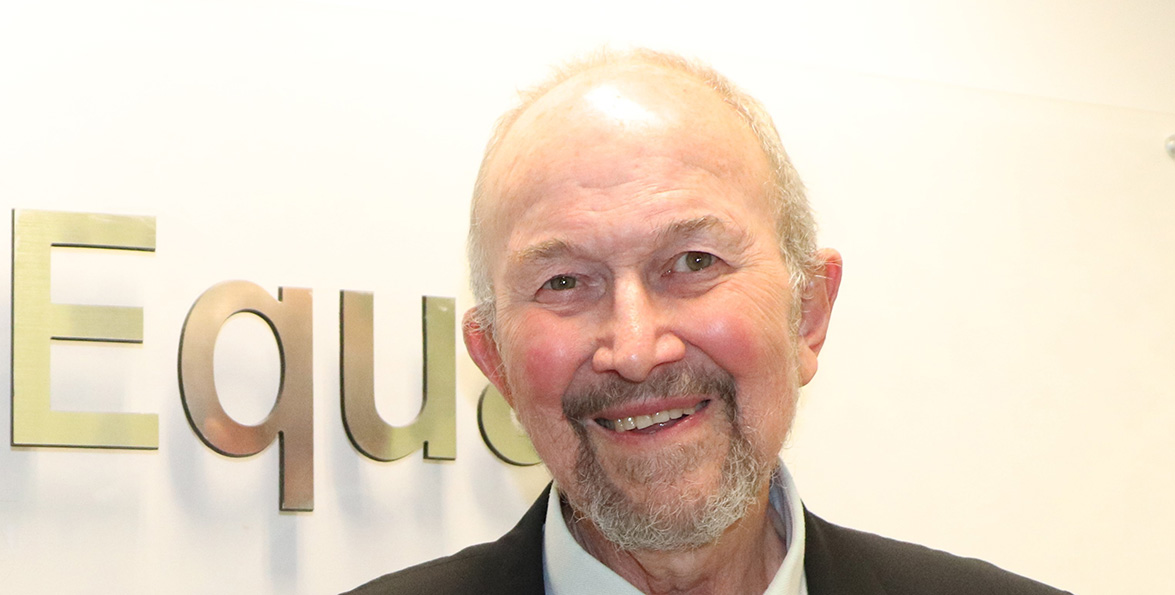
There have been media reports of back garden sheds being advertised for $320 per week, giving us some indication of the desperation people are facing to access the basic human right of shelter.
A lot of these reports focus on the protected attribute of age, with young people often mentioned as a cohort severely impacted by this rental crisis.
But what about those with other protected attributes, or more than one protected attribute?
According to Shelter WA’s data, in 2021 WA had the second highest rate of Aboriginal and Torres Strait Islanders experiencing homelessness.
The state has also recorded a 47 percent increase over the past five years for people experiencing homelessness with a disability requiring assistance for core activities.
The same data collection also showed a significant increase in the number of people over 55 experiencing homelessness from 1,500 in 2016 to 1,855 in 2021. Of this cohort, there has been a 37 per cent increase of women experiencing homelessness over the past decade.
If statistics were recorded in 2021 when rental vacancies in WA were 0.9 percent, imagine how a further decrease in rental supply is impacting on these vulnerable groups.
Race, impairment, age and sex are four of our most nominated protected attributes of discrimination at the Commission and discrimination has always played a part in access to housing, especially in the private rental market.
In 2009 the Equal Opportunity Commission released its Accommodating Everyone report following the Commission’s inquiry into race discrimination in the private rental market.
The report found access to private rental accommodation was an important area of difficulty for new and emerging immigrant communities. At the time this was compounded by high rental charges, lack of available housing and discrimination experienced by rental agents. At that time Perth’s rental vacancy rate was over four percent.
Another issue was the inability of recent arrivals to provide their private rental histories to support their applications. For many in this group, low income, and large families to accommodate added to their difficulties in accessing suitable accommodation.
These problems experienced by people with protected attributes persist and are heightened in the current record low in rental vacancies.
Recently the State Government announced an intention to create a greater supply of housing with the establishment of the new Housing Supply Unit in Treasury.
However, this will only go part of the way for WA’s most vulnerable as private property owners and rental agents need to be aware of policies and practices that impact negatively on tenants or potential tenants with one or more protected attributes under the Equal Opportunity Act 1984.
Discrimination, whether intended or not, could be unlawful but beyond that increasing homelessness among already vulnerable cohorts has an incredibly negative impact on the entire state.


